|
It's been a looooong road, but the last paper from Mike Venarsky's dissertation finally came out in print in Ecosystems this month. The paper describes the results from a year-long addition of corn detritus to Bluff River Cave in northern Alabama. It's hard to believe that we started the year of pre-addition data collection for that experiment back in February 2009. Ouch. The whole idea was to conduct a proper experimental, whole-ecosystem test of carbon limitation of cave food webs. I persuaded Mike and two other lab members to drive all the way to Iowa to buy the corn stover - the nearest place I could find non-Bt corn that was manageably baled in the old-style, 35-lb square bales. Here's a shot of their arrival home. To illustrate the long gestation of many field ecological studies, here's what my now ten-year old daughter Lillian looked like on that day :) Doesn't time fly? On February 12, 2010 we started putting corn litter in the cave, with the indispensable help of a bunch of volunteers from local caving groups. I love this shot of the bale convoy heading through the woods to the cave entrance. Finally, here's a shot of the manipulated reach, complete with the retention devices Mike put in to slow the progress of the corn stover through the system. It was a ton of work, especially for Mike Venarsky and Brock Huntsman, who did the lion's share of the fieldwork. It was worth it though, despite an often frustrating publication process. Compound-specific and bulk-tissue stable isotope analysis allowed us to track the incorporation of the corn-derived (C4) carbon through the food web, from microbes to salamanders, while comparison of our data with those from a litter-exclusion study in a surface stream showed convergence of their relationships between consumer biomass and organic matter availability. Finally, there were positive responses to increased detritus only among the facultative cave (i.e. surface) taxa, those of the obligate cave taxa presumably being constrained within the timescale of the manipulation by evolutionary adaptations to a low-energy environment. Together, these results highlight that it is low carbon availability, not darkness per se, that really sets the template for cave food web structure. Check out the paper for all the details. By the way, all the stable isotope and microbial work was funded by a NSF dissertation improvement grant to Mike. The paper wouldn't have been nearly so convincing without those analyses. RIP DDIG (sniff!).
0 Comments
|
|
|
Accessibility | Equal Opportunity | UA Disclaimer | Site Disclaimer | Privacy | Copyright © 2020
The University of Alabama | Tuscaloosa, AL 35487 | (205) 348-6010 Website provided by the Center for Instructional Technology, Office of Information Technology |

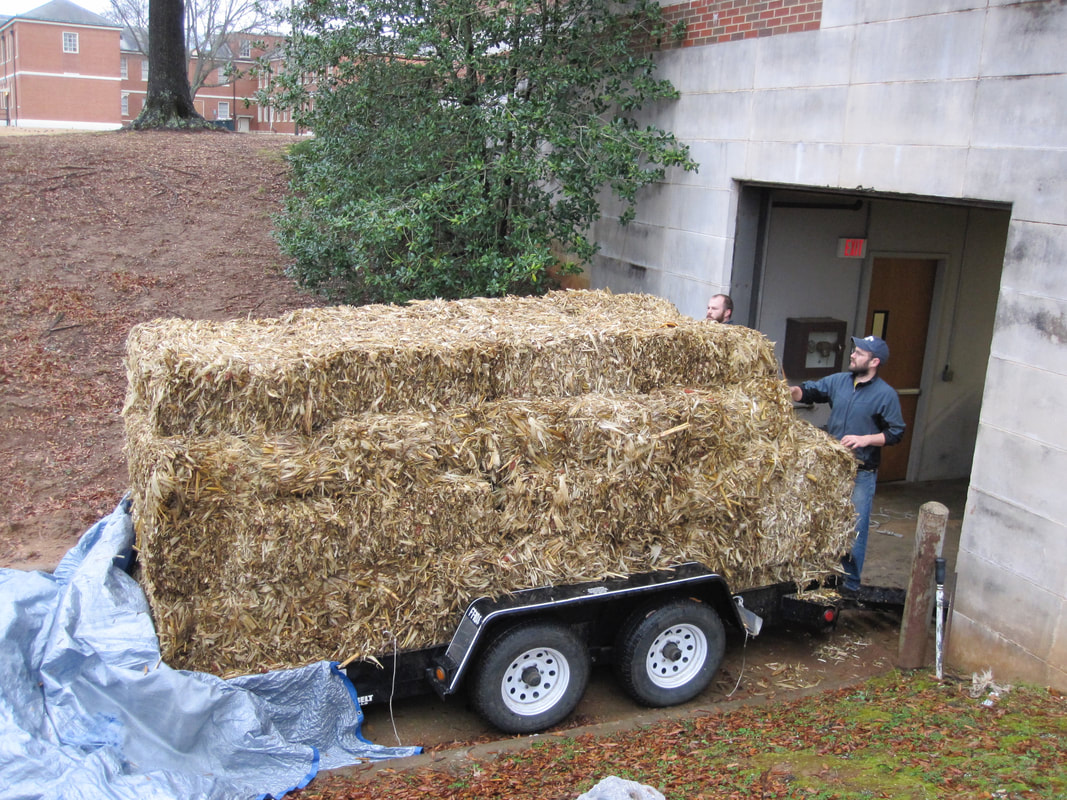
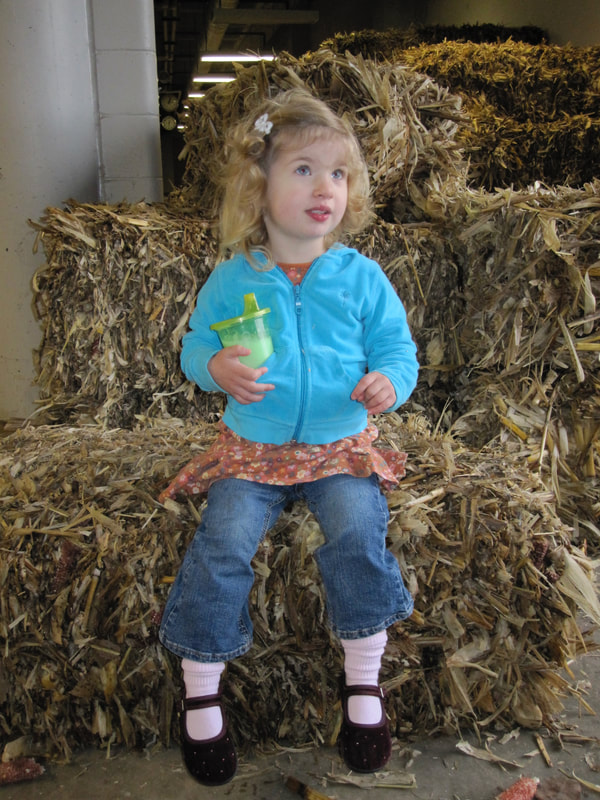
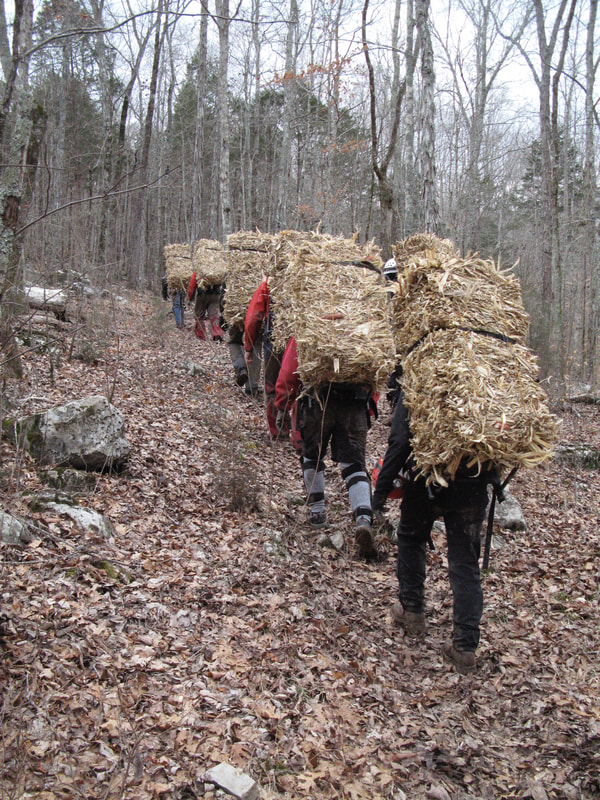
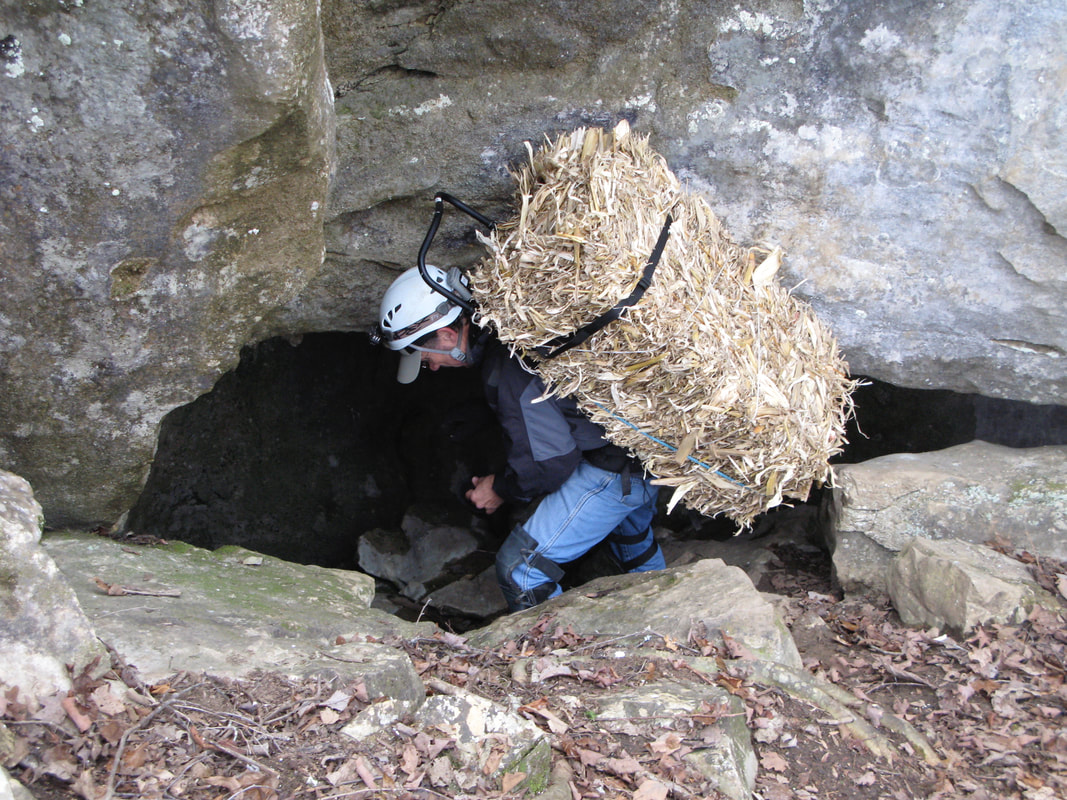
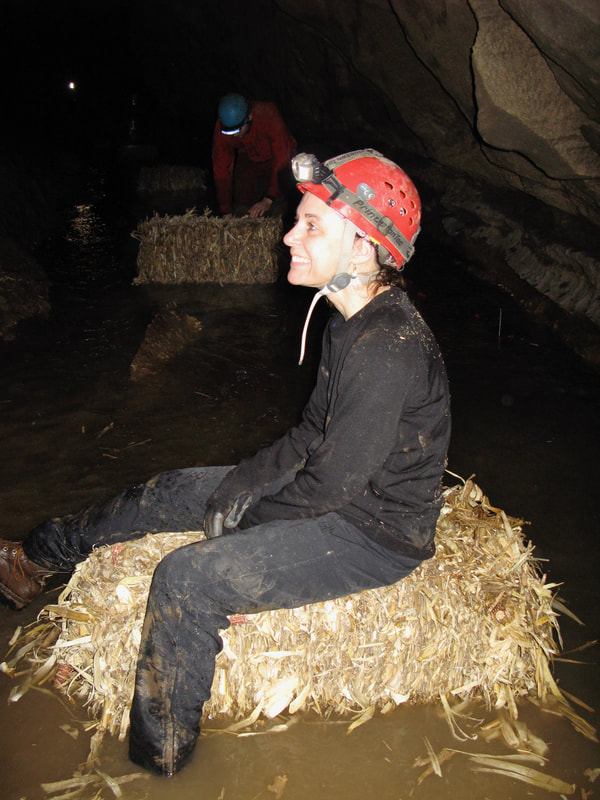
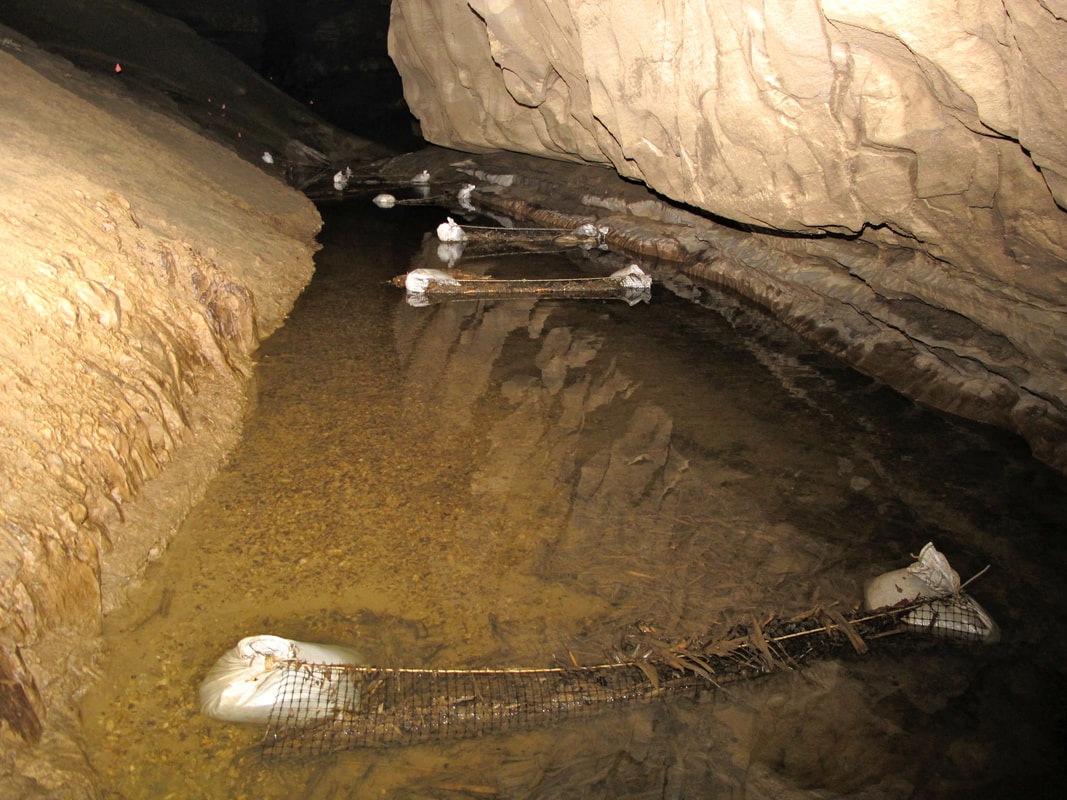
 RSS Feed
RSS Feed